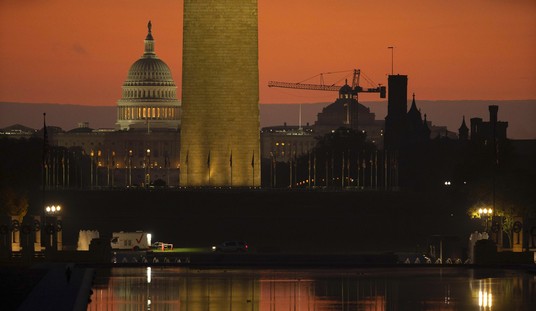Later this month, the U.S. Postal Service will enact the biggest price hike in nominal dollars in its history.
The price of sending a 1-ounce letter will increase from 50 cents to 55 cents, effective Jan. 27, after several price increases were approved by the Postal Regulatory Commission.
The price hikes are meant to head off the financial disaster to which the Postal Service seems irreversibly headed. The post office lost $3.9 billion in 2018 and is now more than $120 billion in the hole.
The question is: Will it do any good? Will the price hike move the Postal Service any closer to black ink on its balance sheet?
One expert who follows the industry has his doubts, and he thinks the Postal Service’s increased reliance on package delivery – it delivered 6.8 percent more packages and earned 10.1 percent more in 2018 than the previous year – is only making things worse.
Recommended
David Vernon, an analyst at Bernstein Research who tracks the industry, said the Postal Service’s deal with Amazon was made with an eye toward driving up volume rather than turning a profit.
Vernon estimated in 2015 Amazon was paying $2 per package to ship with the Postal Service and says even now it is paying only in the $2.15-$2.25 range. Meanwhile, the cheapest the Postal Service can deliver the packages – using independent contractors known as City Carrier Assistants, who work for $20 per hour and devote their entire 8-hour workday to package delivery – is about $3.75, Vernon said.
Those costs figure only to get worse, he said, as the job market tightens and labor, which is 80 percent of delivery costs, becomes more expensive.
The Postal Service says this can’t be true because it is illegal for it to lose money on these deals. A fact sheet put out by the Package Coalition, an Amazon-funded group that opposes President Trump’s calls for reworking this and other deals that are hurting the Postal Service’s bottom line, takes a myth v. fact format to attempt to explain this.
To the “myth” that the Postal Service loses money on its package delivery business, the fact sheet says:
“The Postal Service is required by law to ensure that the prices for its package delivery services cover their costs. The Postal Service’s independent postal regulator, the Postal Regulatory Commission, ensures that this requirement is met.”
To the “myth” that deals with certain shippers set prices below the costs of delivery, it says, “These arrangements with high-volume shippers actually bring profitable package volume to the postal system.”
To the “myth” that the Postal Service was losing $1.46 on every package it delivered for Amazon – a widely reported calculation developed by Vernon and others – it stated: “The legal requirement that prices for Postal Services package delivery services must cover their costs means that this simply can’t be true.”
It’s true, all right. And the American people are going to pay for it – or at least attempt to – with the price hikes later this month.
But if packages aren’t the problem, then the Postal Service needs to explain why deficits gone up as the package business has increased. Package volume has increased from 5.1 billion pieces in 2016 to 5.8 billion in 2017 to 6.2 billion in 2018, and revenue from package shipping has climbed from $17.4 billion in 2016 to $19.6 billion in 2017 to $21.5 billion in 2018.
At the same time, the Postal Service has gone from losing $800 million in 2016 to $2.7 billion in 2017 and nearly $4 billion in 2018.
Vernon suggests a significant rethink of the mission, including reducing mail delivery from six to five or even four days per week. “Charge more and do less,” he said. “That’s with any failing business. Don’t price packages at marginal costs. In a market that is not competitive, price to the customer’s next-best option.”
For instance, Vernon told the Washington Post in April the $2 per-package fee was not just $1.46 short of what it costs to deliver the service but only about half what Amazon would have to pay United Parcel Service or Fed-Ex to deliver its packages.
There is no reason it can’t charge Amazon more than it does, particularly when the option is asking other postal customers – and potentially taxpayers if the situation doesn’t improve – to underwrite the cost of its deal with Amazon.
Until it can figure this out, perhaps putting all its eggs in the package delivery business is not the best way to balance the books.


